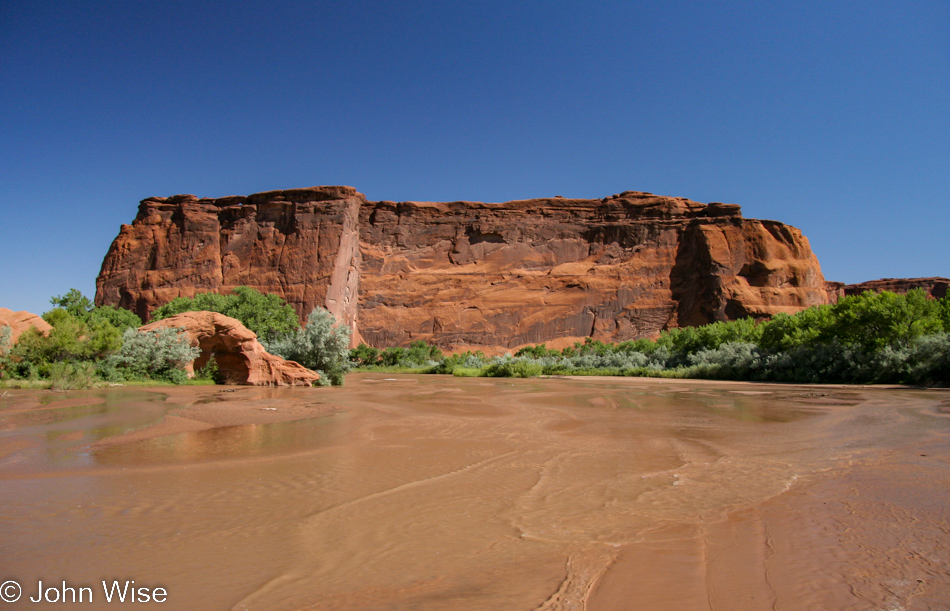
Disclaimer: This post was updated in October 2022, as the original only included 1 photo; most of the details were written back then, although a few things needed to be figured out.
Sure, it’s a cliche that perspective changes everything, but it was just yesterday that we were looking down in the canyon, and somehow, I missed that it was this wet down here. I can’t believe we are finally visiting Canyon de Chelly properly. Our tour was arranged through Thunderbird Lodge, where we were staying.

We knew that we’d be visiting the White House Ruin today, but that there would be a number of cliff dwelling sites for us to see came as a surprise. I was just pondering what it is that I find so intriguing about southwest Native American historic sites compared to European ones, and I guess it comes down to the mystery of knowing so little. Allowing the imagination to wander instead of having concrete images and texts lends to this sense of curiosity, and then there’s the idea that Native Americans might know something about their ancestors that they’ve not shared, which only adds to the allure.
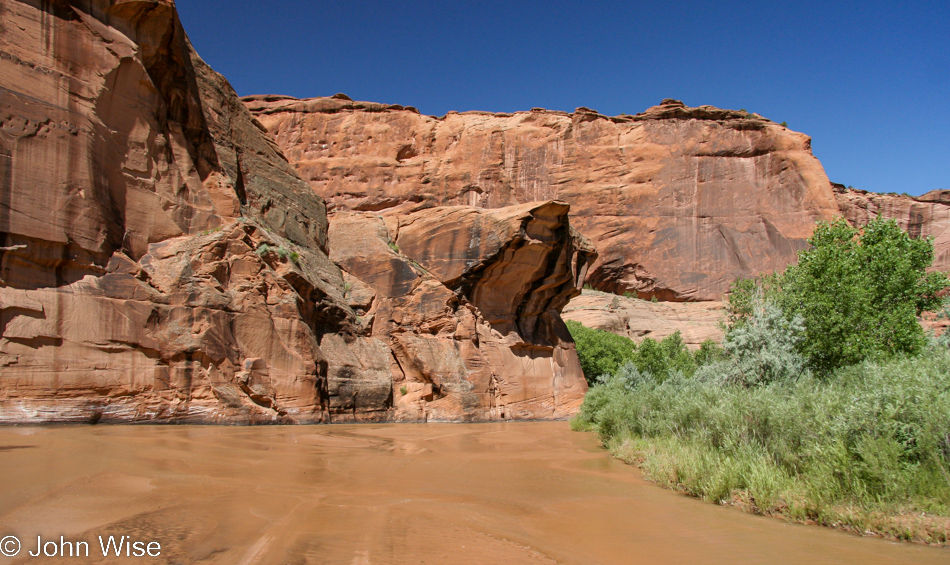
Sure, it’s just more of the stream we are driving through that’s not deep enough for any kind of boat, but I’m seriously enchanted by this red, green, and blue landscape being traveled through on the water.

I’m starting to get the sense that Canyon de Chelly was a metropolis back in its day.
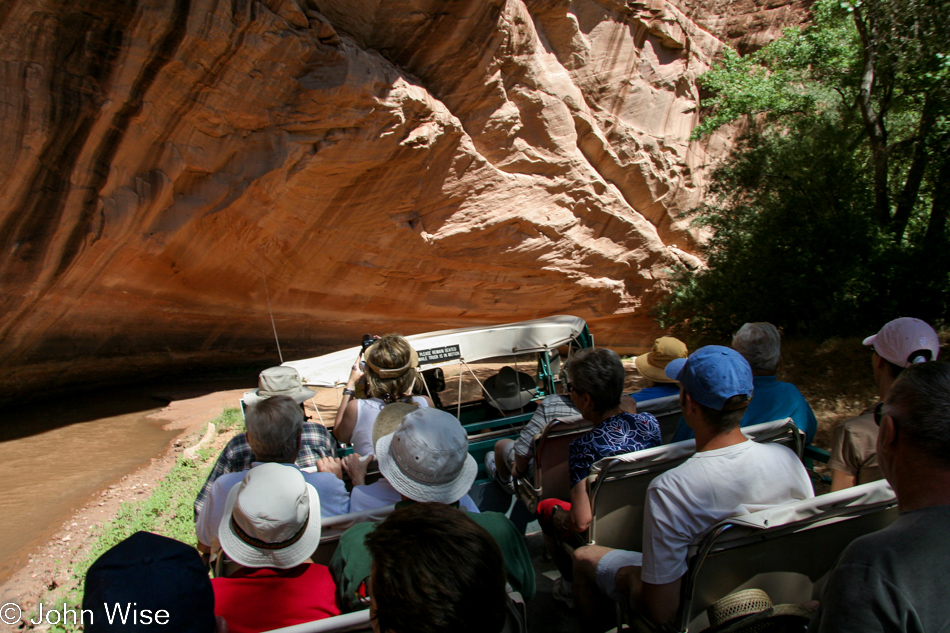
If there was any doubt as to why we couldn’t bring our own cars back here, those have now been dispelled. We should also hope that no one ever has the idea of paving a way into this canyon.
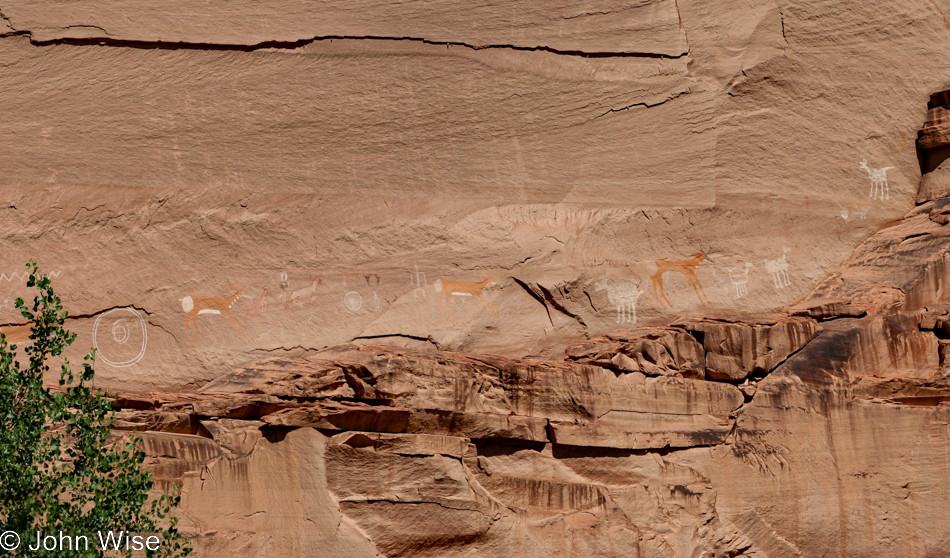
Those are the pictographs and petroglyphs that the following site is named after.
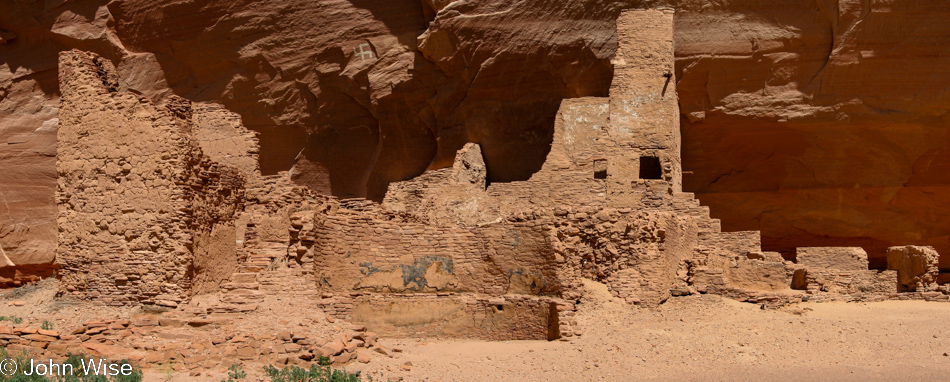
These are the Antelope House Ruins of the Ancestral Puebloan culture, formerly known as the Anasazi. I wish we could get closer to have a better look at the original plaster that still holds fast to the kiva wall in front of us, as though it would somehow convey its secrets to me if only I were inches from it.
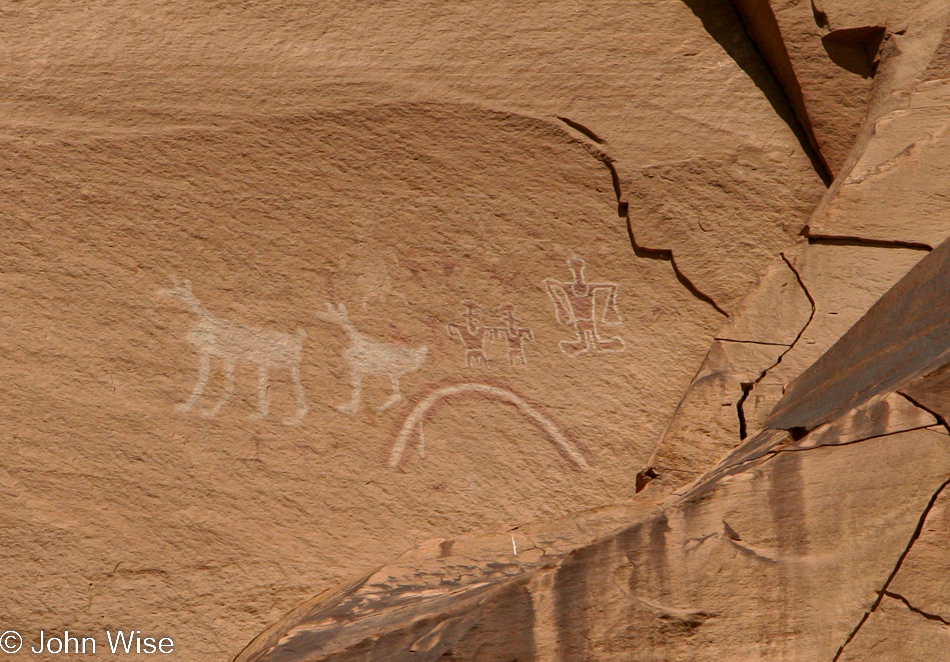
Look at the figure on the right; I think Robert Crumb stole the idea for Mr. Natural from this panel!
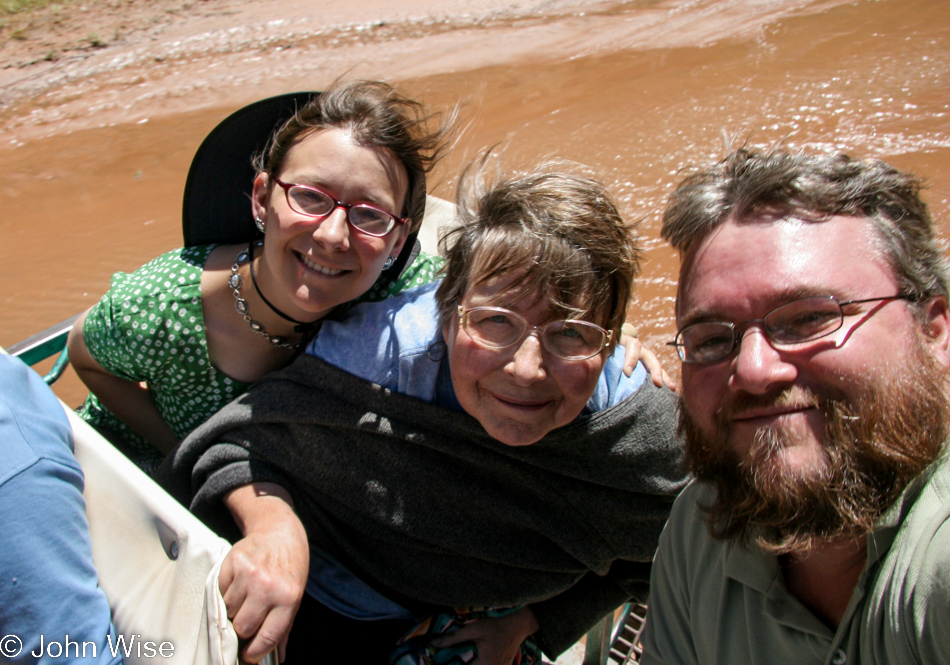
There had to be at least one selfie here to prove we were the ones on this epic journey, it also makes for a nice reminder of our time shared with Caroline’s mom.

This is the White House Ruin in Canyon de Chelly National Monument, Arizona. The building in the back is the namesake of this particular location. Should I ever be so lucky to return here, I’ll bring my 70-200mm lens to try grabbing a better image of it as after I got home and zoomed into this image, I could see writings on the walls, and while I can guess that they are from people moving through the area about 100 years ago, I’d still like to see more details. Interestingly enough, I cannot find any close-up photos of that building.
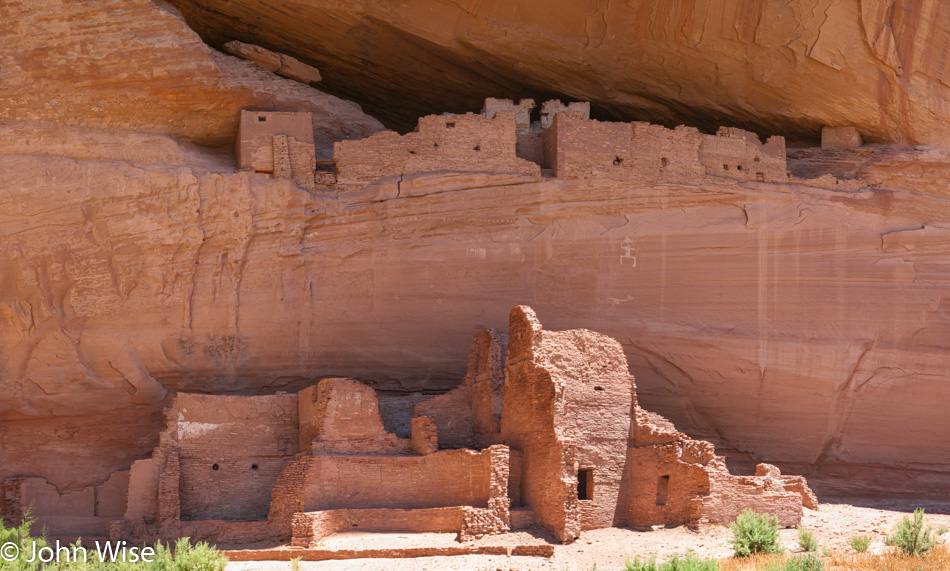
White House Ruin, too, but a better overview of the complex; of note, this was about as close as we were allowed to get.
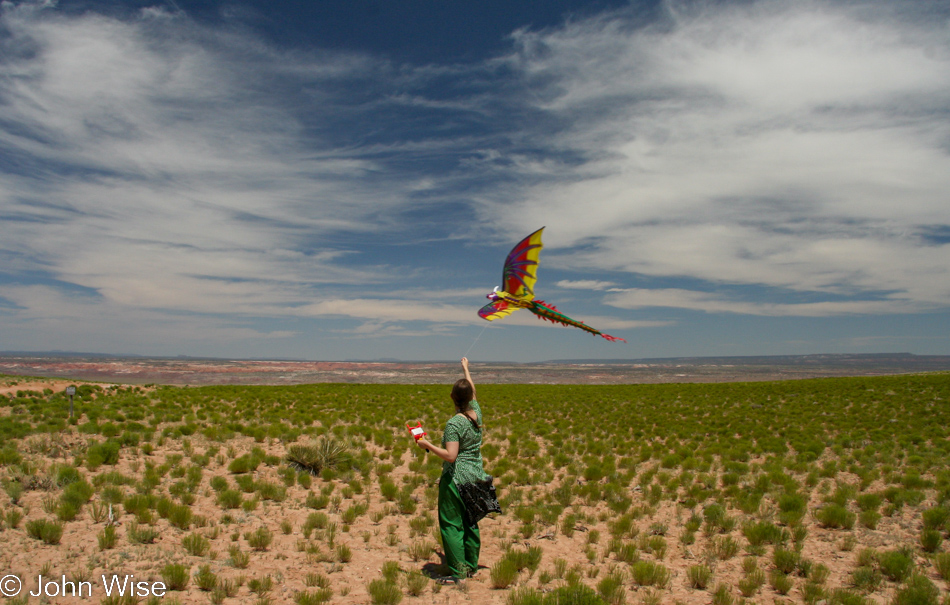
Every so often, Caroline remembers to bring a kite with us on the off chance she finds a windy enough place to take it airborne. We are still on the Navajo Reservation but are heading in the general direction that will take us home after our next stop.
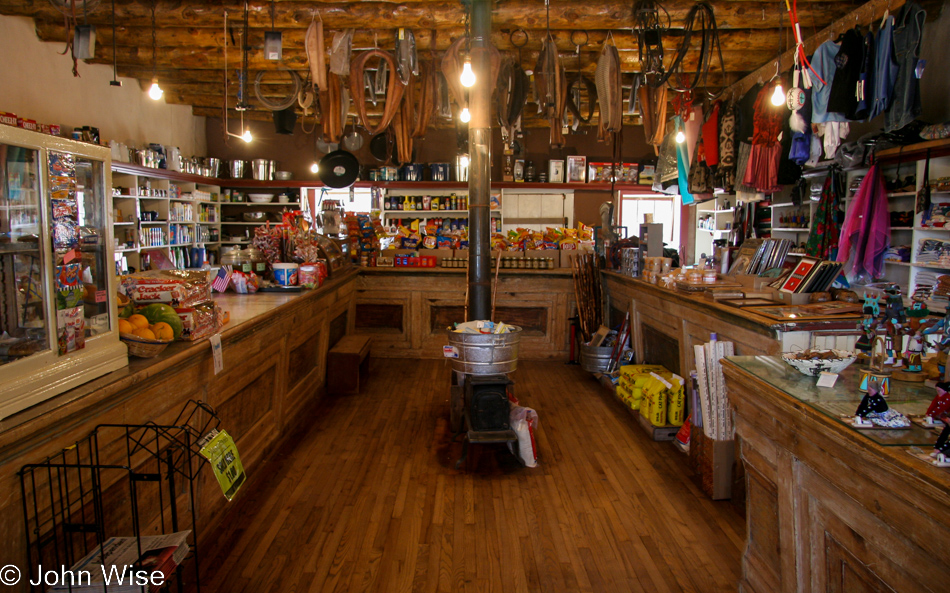
We are at the Hubbell Trading Post National Historic Site in Ganado, Arizona.
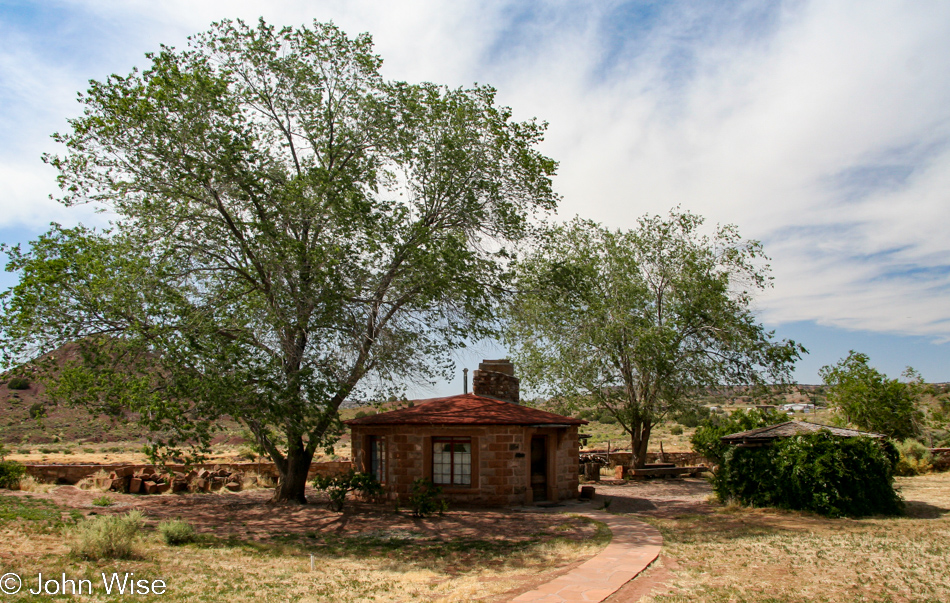
This guest hogan is not visitable unless you are invited as an artist in residency; what a crazy honor that would be.
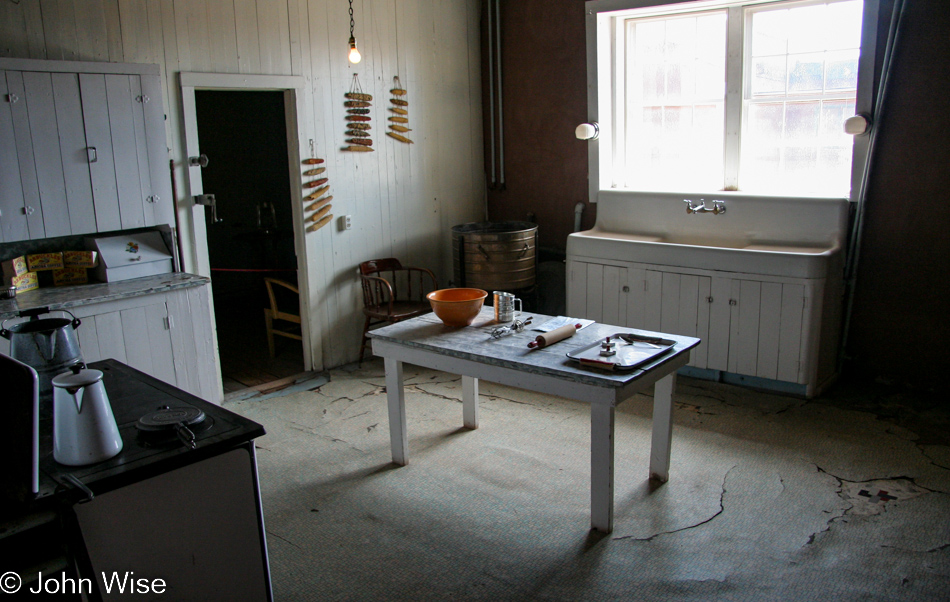
The old kitchen in the private home of John Lorenzo Hubbell who purchased the trading post out front back in 1878.
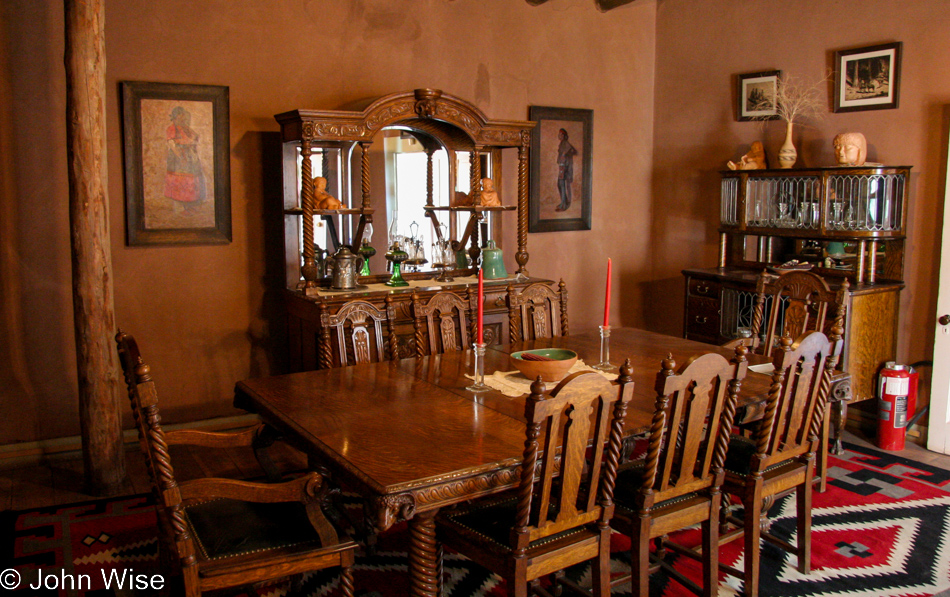
And this is the dining room where the Hubbells would have taken their meals.
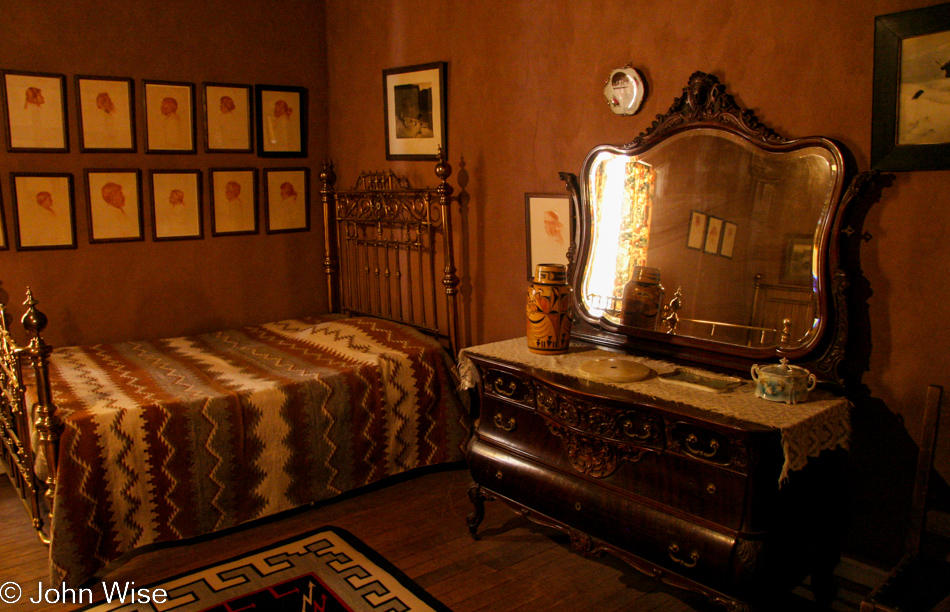
One of the seven bedrooms in the Hubbell home.

The portrait is of J.L. Hubbell, which seems to be how he was known then, and above on the ceiling are Navajo baskets hung upside down.

And finally, the main entrance to the residence.